ZHENG ANDONG
HOW TO (UN)NAME A TREE
How to (Un)name a Tree originates from Andong Zheng's research into a historical naming dispute concerning three closely related species in botanical taxonomy. The binomial nomenclature, created by Carl Linnaeus in the 18th century, assigns two Latin names to each species: the genus name and species name. Its purpose was to eliminate naming discrepancies across different cultures, languages, and regions, enabling biologists to discuss species in a unified manner. While this system provided a relatively clear and fixed classificatory framework for nature's complexity, it also defined these trees under the colonial influence of early 20th-century botany. The artist observed that the Huangshan pine (Pinus hwangshanensis) from his hometown, along with the Taiwan red pine (Pinus taiwanensis) and the Okinawan Ryukyu pine (Pinus luchuensis) from the distant southeastern waters, despite having distinct Latin names, are actually three closely related species. The naming of these trees not only carries traces of colonial history but also overlaps with habitats that are, in fact, contested spaces of geopolitical disputes.
Zheng clearly applies the methodologies of natural history and field research to his photography, yet he goes beyond these boundaries. The works in the exhibition all came from his multiple field research trips, including his video footage and reference materials. The artist created a series of sensory-oriented works through collages of his large-format photography, salt printing process with seawater, and 16mm film. The geographical backgrounds of the pine trees in the photographs are intentionally blurred, making it difficult for viewers to pinpoint their exact locations. The artist attempts to construct a reflexive multiplicity of visions in the exhibition, which is also an attempt at re-contextualizing the Linnaean classification. The large-scale landscape photographs of the pine trees carry a sense of materiality and the captivating aura of nature, while the research images of plant naming books that appear in the frame serve as a scientific definitional reference, exploring ways of defining authenticity while constantly framing artificial boundaries.
Zheng's work is not confined to established historical or geopolitical narratives but rather creates a space that allows viewers to perceive temporal and geographic fluidity by breaking existing frameworks. As the artist says, "The boundaries, national borders, and even cultural affiliations we see are all temporary phenomena in the flow of history. These pine trees have lived across continents amidst lengthy geological shifts, unrestrained by any human-made boundaries. Take the last glacial maximum as an example, when the sea level was more than a hundred meters lower than today, exposing the entire continental shelf in the East China Sea, allowing plants and animals to migrate freely. The seeds and pollen of these pine trees drifted with the wind, rain, and seasons. Whether it is the pine trees in nature or the national borders and cultural identities established by humans, they are all part of the historical flow." Viewers are thus invited to reimagine these trees, loosening their ways of categorizing and defining the world, while listening to the rustling sounds of pine trees, they may find themselves getting lost in an indistinguishable pine landscape.
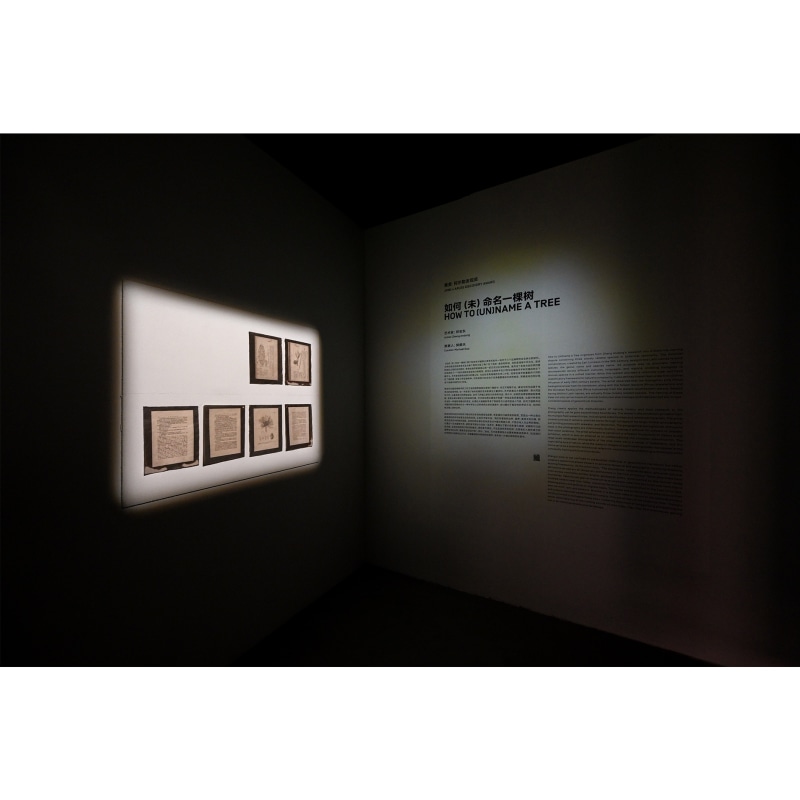


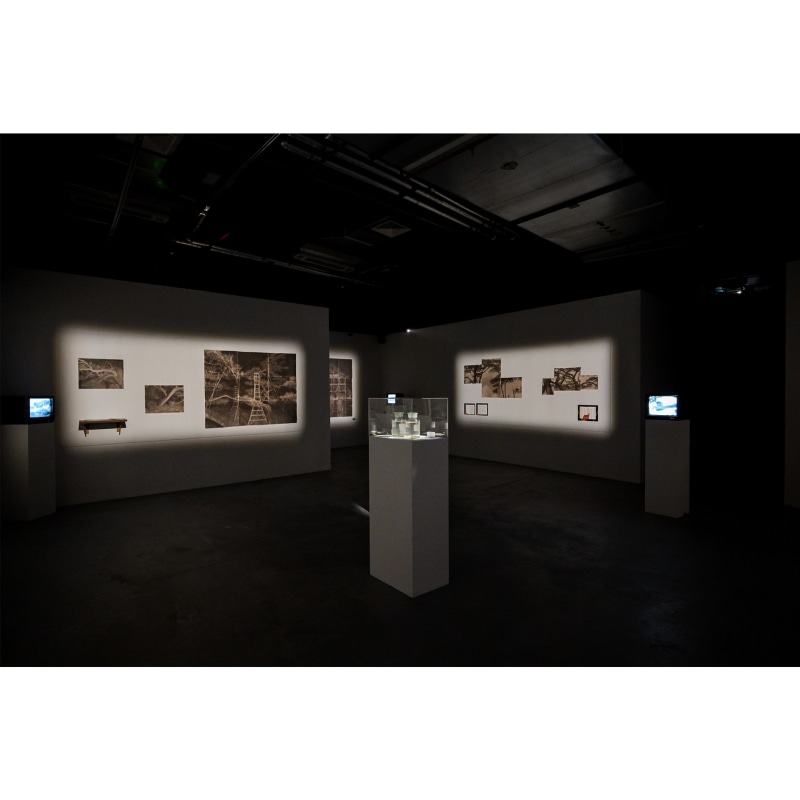

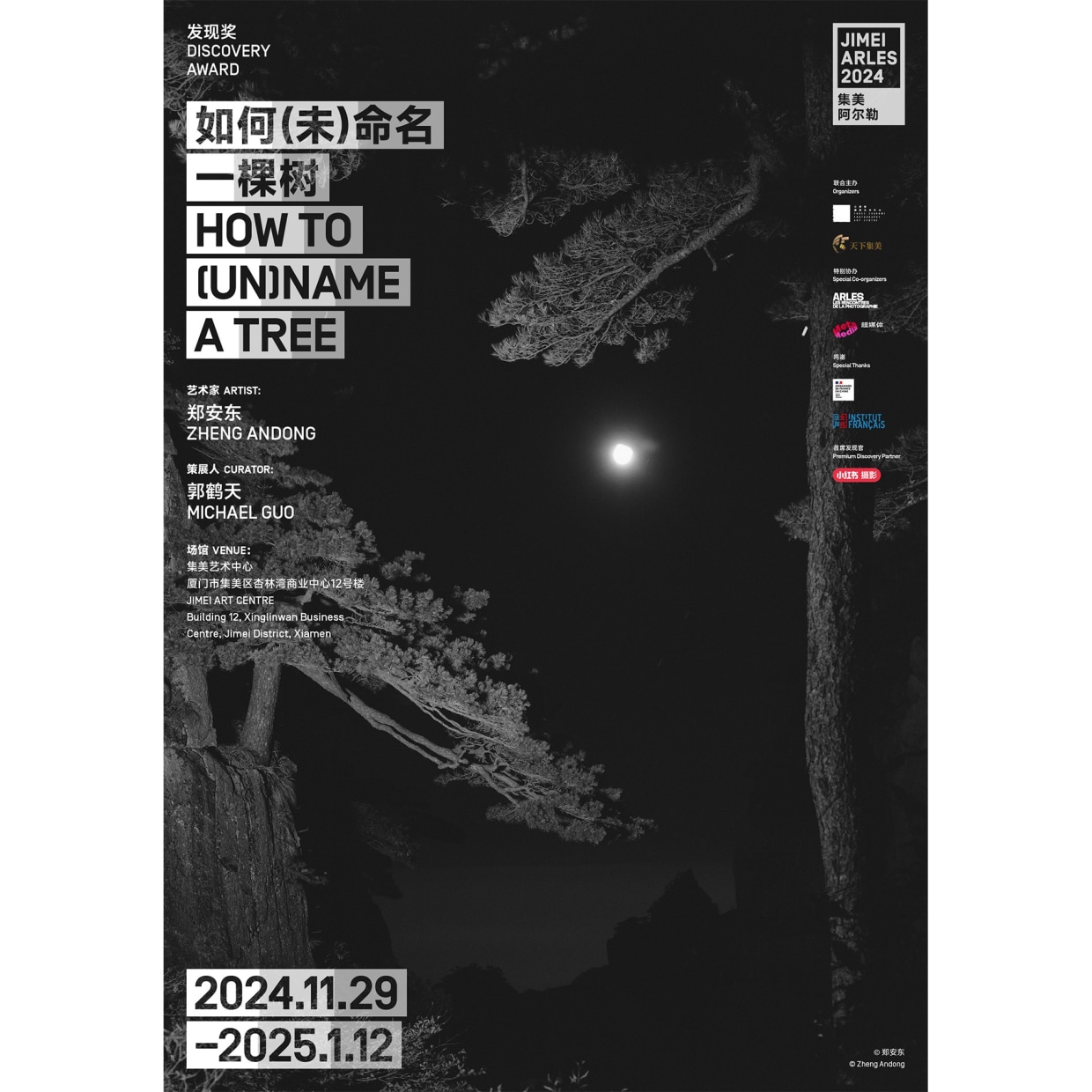


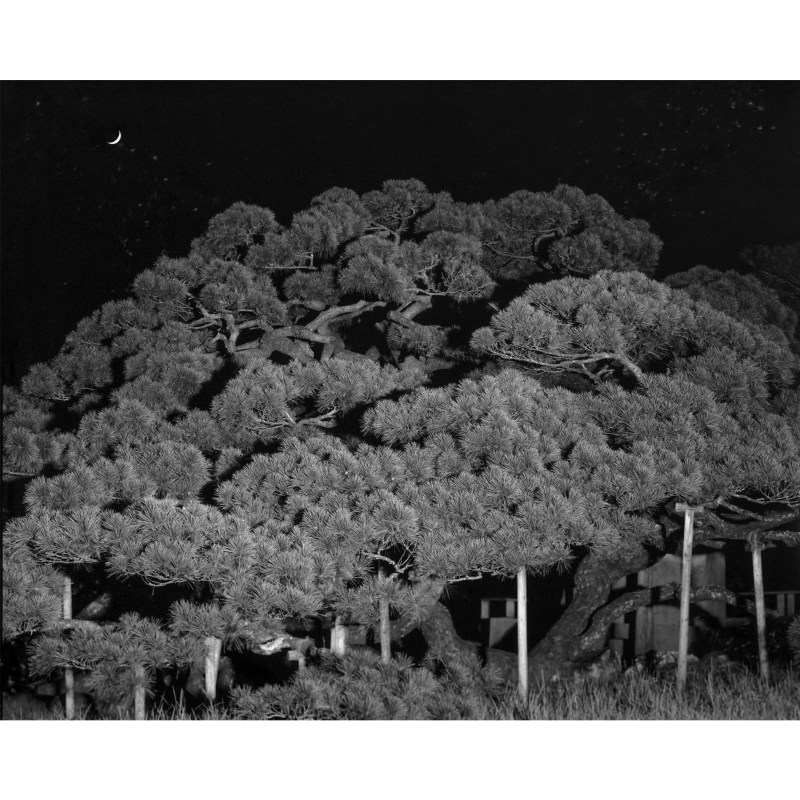
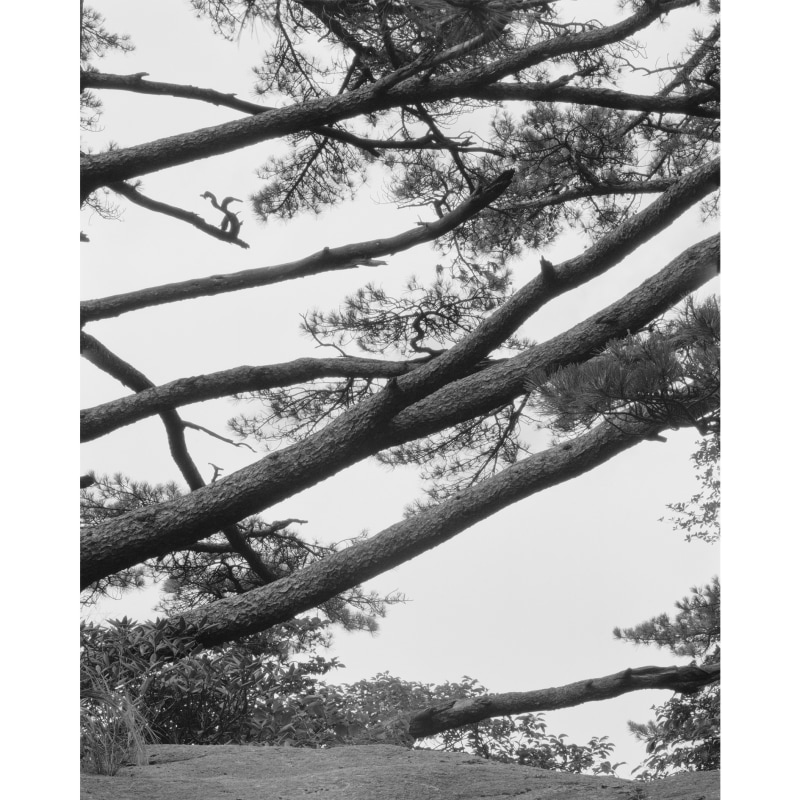 Zheng Andong, "How to (Un)name a Tree" series, 2022-present. Courtesy of the artist.
Zheng Andong, "How to (Un)name a Tree" series, 2022-present. Courtesy of the artist. Zheng Andong, "How to (Un)name a Tree" series, 2022-present. Courtesy of the artist.
Zheng Andong, "How to (Un)name a Tree" series, 2022-present. Courtesy of the artist.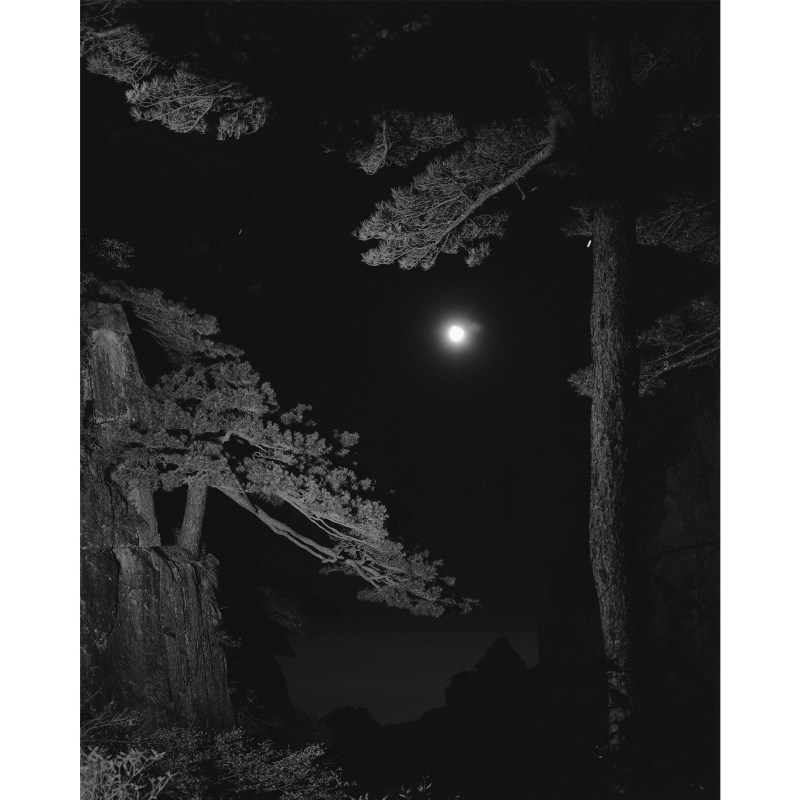 Zheng Andong, "How to (Un)name a Tree" series, 2022-present. Courtesy of the artist.
Zheng Andong, "How to (Un)name a Tree" series, 2022-present. Courtesy of the artist. Zheng Andong, "How to (Un)name a Tree" series, 2022-present. Courtesy of the artist.
Zheng Andong, "How to (Un)name a Tree" series, 2022-present. Courtesy of the artist.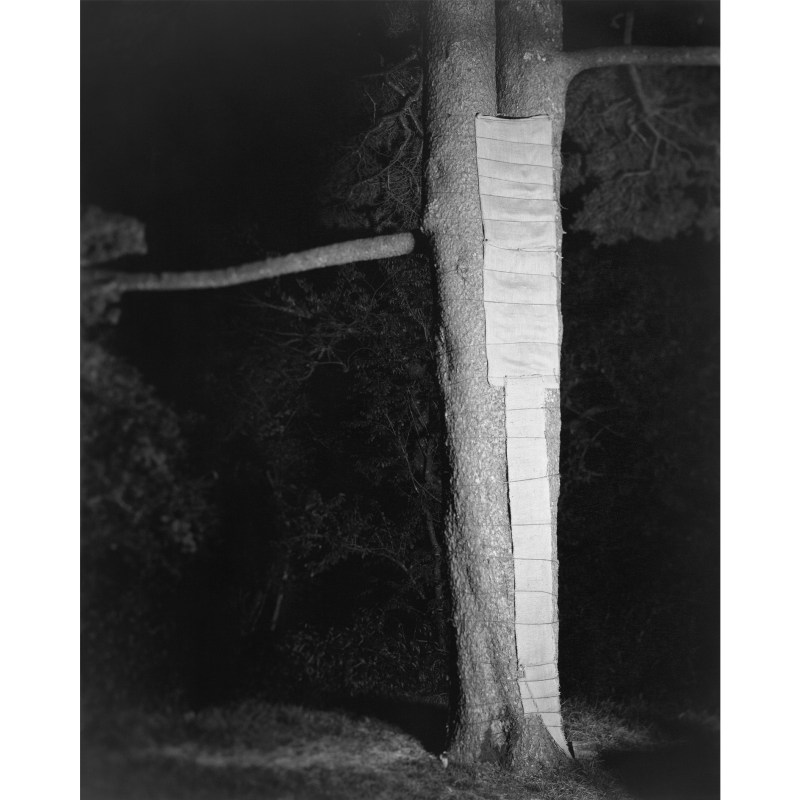 Zheng Andong, "How to (Un)name a Tree" series, 2022-present. Courtesy of the artist.
Zheng Andong, "How to (Un)name a Tree" series, 2022-present. Courtesy of the artist.